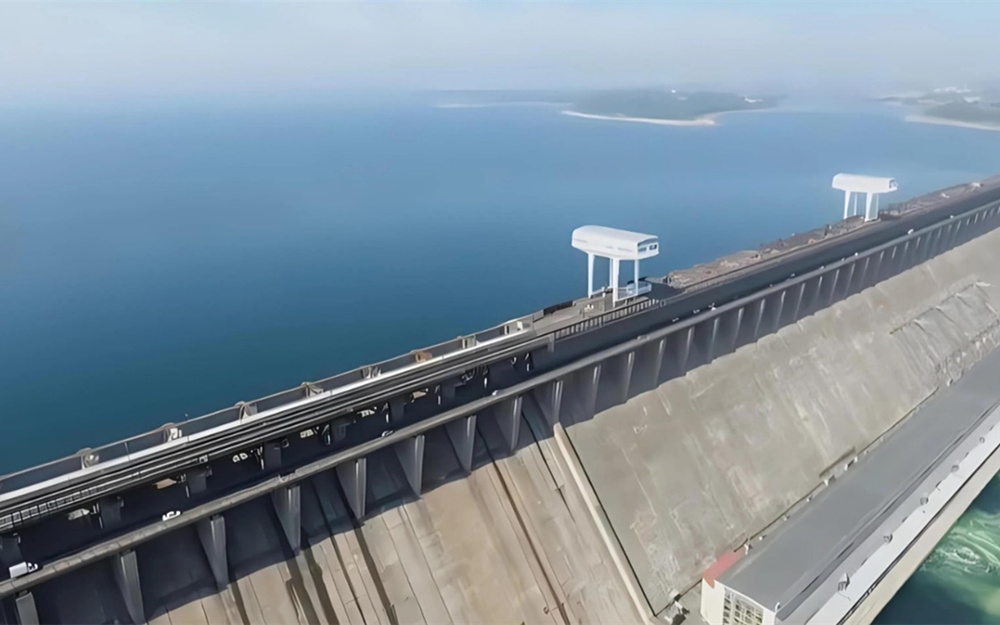The Future of Water Monitoring: How Radar Level Sensors are Transforming Hydrology

Precision without contact—modern radar level sensors deliver millimeter-accuracy water monitoring while resisting harsh environments, biological growth, and chemical corrosion.
Hydrological monitoring has entered a transformative era with radar level sensors becoming the cornerstone of water management systems. These non-contact instruments use high-frequency electromagnetic waves (typically 76-81 GHz) to measure water levels with ±1–3 mm accuracy, even in challenging conditions like turbulent flows, foam, or ice. Unlike ultrasonic or pressure-based sensors, radar waves penetrate temperature gradients and humidity variations unaffected—making them indispensable for flood forecasting, reservoir management, and industrial water systems.
Core Technologies Driving Performance
1. FMCW vs. Pulse Radar
-
FMCW (Frequency-Modulated Continuous Wave): Dominates modern hydrology with 76–81 GHz frequencies. Continuously sweeps a 5 GHz bandwidth to calculate distance from frequency shifts, achieving ±1 mm precision. Ideal for small tanks or narrow channels with limited mounting space.
-
Pulse Radar: Emits short energy bursts (e.g., OTT RLS). Lower power consumption (12 mA at 12V) suits solar-powered remote stations. Averaging 16 measurements/second minimizes wave/turbulence noise.
2. High-Frequency Advantages
80 GHz radar sensors feature a 3° beam angle (vs. 15°–22° in legacy 26 GHz models). This narrow focus avoids false echoes from bridges, pipes, or vegetation. Shorter wavelengths also improve reflection off low-dielectric surfaces like treated wastewater.
Table: Key Technical Evolution in Radar Level Sensors
| Parameter | Legacy Sensors | Next-Gen (2024) |
|---|---|---|
| Frequency | 26 GHz | 76–81 GHz |
| Beam Angle | 15°–22° | 3°–8° |
| Min. Accuracy | ±5 mm | ±1 mm |
| Blind Zone | >30 cm | 5–8 cm |
| Applications | Large reservoirs | Culverts, wells, small basins |
Innovations Reshaping Hydrology
-
All-in-One Water Level & Velocity: KISTERS’ HyQuant merges level and surface velocity measurement in one 80 GHz radar unit. This eliminates separate installations and cuts costs by 40% while providing flow data for flood modeling.
-
Wireless Cloud Integration: Endress+Hauser’s Micropilot FWR30 operates on batteries with 4G/Bluetooth. Data feeds into cloud platforms (e.g., Netilion) for real-time silo/tank inventory management—proactively alerting shortages.
-
Extreme Environment Resilience: Bürkert’s Type 8139 withstands -40°C to +70°C and delivers stable readings despite condensation, foam, or low-reflectivity liquids. Its 120 dB dynamic range handles rapid level surges during storms.
Top 5 Applications in Water Management
-
River & Stream Gauging
Deploy pulse radar (e.g., OTT RLS) for all-season monitoring. Immune to sediment, ice, or debris—critical for flood-prone rivers. -
Reservoir & Dam Surveillance
FMCW sensors (e.g., Sino-Inst LM78 series) track levels up to 120 m with ±1 mm accuracy. Narrow beam angles avoid interference from dam structures. -
Culvert & Stormwater Monitoring
Compact 80 GHz units (3° beam angle) fit confined spaces. Measure flash-flood surges in culverts without fouling from mud or trash. -
Flash Flood Early Warning
Low-power radar sensors (12V DC) pair with solar panels in remote basins. Instant detection of level spikes triggers SMS alerts via 4G. -
Wastewater & Industrial Tanks
Non-contact measurement avoids corrosion from acidic/sewage fumes. IP68/NEMA 4X ratings endure humid, corrosive environments.
Selecting Your Radar Level Sensor: 4 Key Criteria
-
Range & Beam Angle:
-
Narrow channels/wells: Choose 0.05–30 m range with 3° beam (e.g., LM78x1).
-
Large reservoirs: Opt for 0.6–120 m range and 8° beam (e.g., LM78x2).
-
-
Data & Power Requirements:
-
Remote sites: Prioritize 12–24V DC and <15 mA draw (pulse radar).
-
Real-time analytics: Require RS485, SDI-12, or 4G outputs.
-
-
Environmental Resilience:
-
Arctic/alpine: Validate -40°C operation (e.g., HyQuant).
-
Polluted water: Ensure dynamic range >100 dB to ignore foam/debris.
-
-
Certifications:
-
Flood forecasting: CE/ISO 4375 compliance.
-
Potable water: NSF/ANSI 61 approval.
-
The Road Ahead
Radar level sensors are shifting toward multi-parameter integration (level + velocity + turbidity) and edge-AI analytics. KISTERS’ HyQuant exemplifies this trend—consolidating measurements to slash costs while boosting data richness. Meanwhile, 80 GHz FMCW technology will become standard, with prices falling 20–30% as adoption grows. For hydrologists, this means unprecedented access to high-resolution water data—transforming reactive monitoring into predictive resource stewardship.
